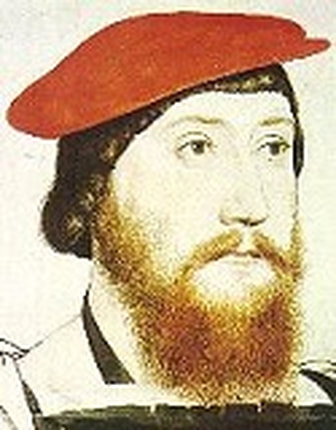Henry VIII, the Reign
Part Fourteen -
Wolsey Allies Henry to the French
Wolsey Allies Henry to the French
 Thomas Boleyn
Thomas Boleyn
 Catherine of Aragon
Catherine of Aragon

|
Henry VIII, the Reign.
|
Henry VIII, the Reign.
|